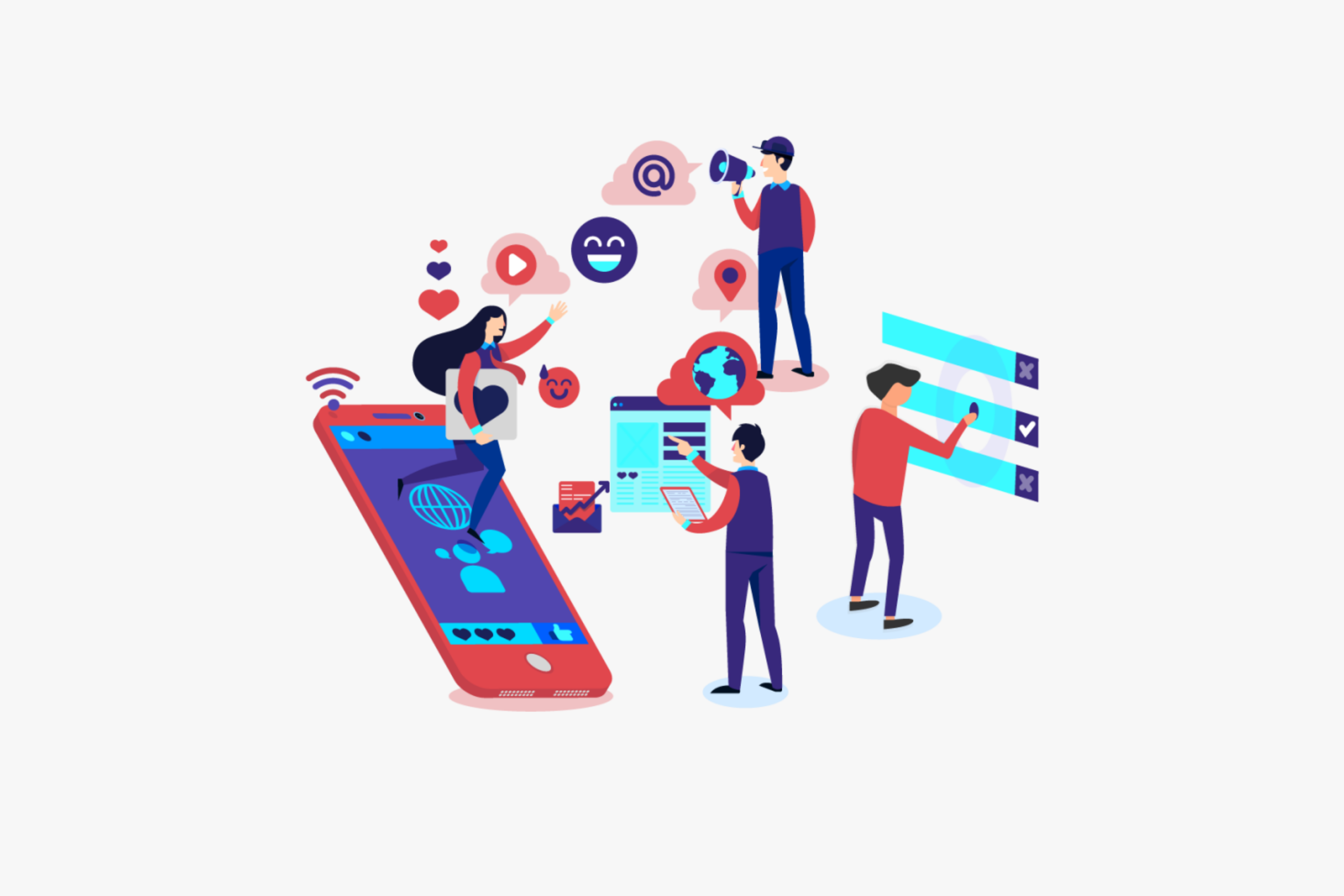Policy paper outlines a range of recommendations for driving use of emerging technologies across the civil service
Credit: Nick Youngson/CC BY-SA 3.0/Alpha Stock Images
A newly established unit within the Government Digital Service is to create a government-wide innovation strategy.
GDS this week published a policy paper based on “a landscape review of technology innovation across government”. This review, which was undertaken by external consultant Martin Smith, was commissioned last year by GDS director general Kevin Cunnington.
The paper reveals that “GDS has recently set up a new innovation team to enable and support public bodies to make best use of emerging technologies to transform services, increase productivity, [and] grow the nascent govtech sector”. Over the coming months, this team will be at the forefront of delivering the objectives set out in the report’s groups of recommendations in eight different areas:
Strategy
By the end of this fiscal year, GDS should create and publish a government-wide technology innovation strategy that can be applied across public services. This plan should tie in with the aims of the government’s existing strategies in the areas of cybersecurity, digital, industrial, and transformation – as well as the upcoming spending review.
Innovation management
The government innovation map created earlier this year by GDS should be migrated to a visualised platform which allows users to search data. Future data collection should be automated – a recommendation on which GDS has already made good – and the organisation should also conduct formal research into all current and planned uses of emerging technology across government. Data from the innovation map and the research should be used to determine where demand for certain technologies could be aggregated.
Training
The recently piloted Emerging Technologies Development Programme – which offered civil servants training in areas including AI and machine learning – should be expanded and offered to all Whitehall departments. On top of which, one-day crash courses in emerging technology should be provided for senior officials in non-technical roles. The 38 defined roles that comprise the careers framework of the government digital, data, and technology profession could also be added to with new job descriptions focused on the emerging-technologies area.
Standards and assurance
Best practice for the use of emerging technologies should be clearly set out by updates to various GDS guidance documents, including the Technology Code of Practice, the Service Manual, and the Digital Service Standard.
Centres of Excellence
Working closely with the Home Office, GDS should lead the process of establishing a network of emerging-technology centres of excellence which can share best practice. This could include departments, teams, or projects that are leading the way in areas such as artificial intelligence, data science, and biometrics.
Engagement and comms
GDS should run a yearly cross-government conference dedicated to innovation. The organisation should also publicise innovative projects on GOV.UK and via the government’s internal communications channels.
Portfolio and exemplars
Examining the common uses of emerging technologies revealed by its innovation map and further research, GDS should work with departments to identify shared challenges, and assess what factors influence the success or failure of innovative projects.
Govtech
GDS should review the government’s existing competitions in this area – including the GovTech Catalyst – and identify where and how these initiatives could be expanded. GDS should work with the Department for Digital, Culture, Media and Sport and the Department for Business, Energy and Industrial Strategy to further the government’s collaboration with private sector govtech specialists.
The conclusion to the policy paper said that, while a number of agencies are making effective use of emerging technologies, it is important to ensure that government works cohesively.
“Departments are exploring new technologies using prototypes, proofs of concepts and pilots to create better public services, improve internal processes and see what’s possible,” the report said. “Some departments have set up dedicated innovation and data labs to do this on a small scale. Centres of excellence are established to provide guidance and best practice for a specific area or technology focus.”
It added: “Some findings are not widely communicated and there is opportunity to do more to share lessons learned. If not, there is risk of duplication – hindering reuse – and of missing chances to jointly collaborate on common problems.”



